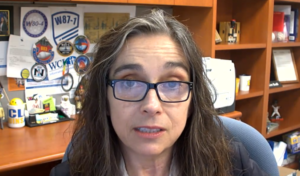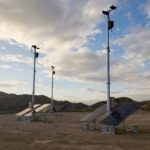
Kim Budil will become the 13th director of the Lawrence Livermore National Laboratory in California on March 2, the younger of the two U.S. nuclear-weapons design laboratories announced Thursday. Budil was mostly recently Livermore’s director of weapons complex and integration, responsible for the lab’s major weapon refurbishments, including the W80-4 air-launched cruise-missile warhead and the W87-1 intercontinental ballistic missile warhead. Budil, who will be the first woman to run Livermore in the lab’s nearly 70-year history, will replace William Goldstein,…

 By
By 









